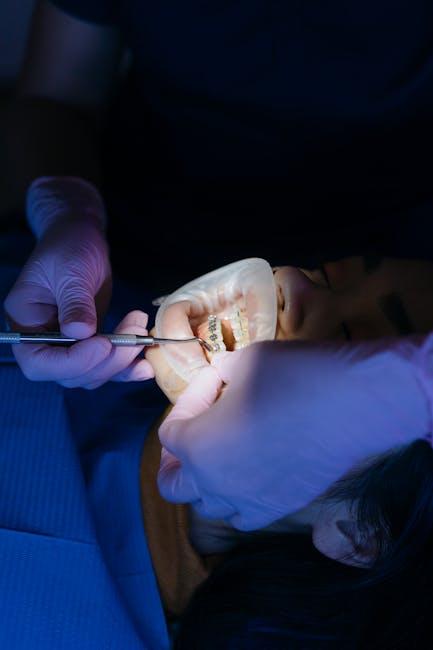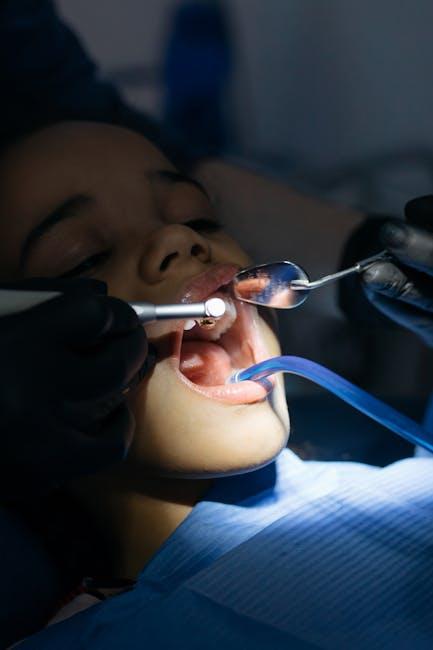
If We Treated Tooth Decay Like We Treat Heart Disease, We’d Save Billions – MedCity News
Tooth decay is often dismissed as a minor inconvenience, yet it affects billions globally and results in significant economic and health burdens. However, what if we approached tooth decay with the same seriousness, preventative strategies, and systemic healthcare integration as heart disease? Recent conversations in healthcare innovation, like those highlighted by MedCity News, suggest that this shift could not only improve millions of lives but also save billions in healthcare costs annually.
Understanding the Scale: Tooth Decay vs. Heart Disease
Heart disease remains the leading cause of death worldwide, commanding massive funding and attention for research, prevention, and treatment. In contrast, tooth decay — also known as dental caries — is the most common chronic disease across all ages yet receives a fraction of that attention or funding. Despite seeming less life-threatening on the surface, untreated tooth decay can trigger widespread systemic health issues, including cardiovascular complications.
| Condition | Global Prevalence | Annual Healthcare Cost | Mortality Impact |
|---|---|---|---|
| Heart Disease | ~520 million | Over $200 billion (US) | Leading cause of death worldwide |
| Tooth Decay (Untreated) | ~2.3 billion | Estimated $95 billion (US) | Linked to systemic diseases, indirectly fatal |
Why Tooth Decay Deserves the Same Attention as Heart Disease
1. Chronic Disease with Systemic Impacts
Like heart disease, tooth decay isn’t simply a localized problem. Poor oral health contributes to systemic inflammation and can exacerbate or increase risks for serious conditions such as:
- Cardiovascular disease
- Diabetes complications
- Respiratory infections
- Adverse pregnancy outcomes
2. Preventability Through Early Intervention
Both heart disease and tooth decay share common risk factors, including diet, smoking, and poor hygiene. Yet, while heart disease benefits from aggressive public health campaigns and routine screenings, tooth decay prevention remains underfunded and inconsistently promoted.
3. Huge Economic Burden
The economic burden from untreated tooth decay includes direct treatment costs and indirect costs such as absenteeism, reduced productivity, and lost quality of life. Addressing it like heart disease — with prevention-focused care models — can reduce these costs dramatically.
Benefits of Treating Tooth Decay Like Heart Disease
- Early Diagnosis and Regular Screening: Routine oral health checks integrated into primary care can catch decay before it worsens.
- Comprehensive Public Awareness Campaigns: Educating the public on oral health’s systemic benefits could drive healthier behaviors.
- Expanded Insurance Coverage: Aligning dental benefits with medical insurance ensures access to preventive and restorative care.
- Multidisciplinary Healthcare Integration: Collaboration between dentists, cardiologists, and primary care providers improves overall patient outcomes.
- Massive Cost Savings: Early intervention reduces expensive restorative treatments and hospitalizations related to systemic complications.
Case Studies Highlighting Successful Integrated Approaches
California’s Medi-Cal Expansion
California expanded dental coverage for adults under Medi-Cal and integrated oral health screenings in community clinics. Early data shows decreased emergency dental visits and improved chronic disease management among patients with diabetes and heart conditions.
Sweden’s Preventative Oral Health Model
Sweden’s government-funded model emphasizes prevention through free regular dental checkups, public education, and fluoridated water. This systemic approach has led to one of the lowest tooth decay rates in the world, with corresponding improvements in general health.
Practical Tips to Prevent Tooth Decay with a Heart Disease Mentality
- Schedule Regular Dental and Medical Checkups: Don’t wait for problems; make preventive care routine.
- Adopt a Heart and Oral Friendly Diet: Reduce sugar, increase fiber, and consume calcium-rich foods.
- Brush and Floss Religiously: Twice daily brushing and daily flossing removes plaque buildup before it develops into decay.
- Quit Smoking: Smoking harms both cardiovascular and oral health.
- Use Fluoride Products: Fluoride toothpaste and treatments strengthen enamel and reduce decay risk.
- Manage Chronic Conditions: Conditions like diabetes increase susceptibility; careful management is crucial.
Firsthand Experience: How Changing Mindsets Can Save Smiles and Lives
Jessica Martin, a 45-year-old heart disease survivor, shares how integrated care saved her health and smile: “After my cardiac event, my cardiologist referred me to a dentist. The dental issues we uncovered were surprising and hadn’t been addressed in years. Treating my oral health helped reduce inflammation and improved my overall wellbeing. I believe this approach saved my life twice over.”
Conclusion: A Call to Action for Healthcare Systems and Patients
Tooth decay and heart disease share more similarities than differences — both are chronic, largely preventable, and costly diseases with systemic effects. If healthcare systems, policymakers, and individuals prioritized oral health with the same tenacity as heart disease, the world could witness an unprecedented reduction in healthcare spending and a significant increase in life quality and expectancy.
The time is now to revolutionize how we view dental care; tooth decay deserves a seat at the chronic disease management table. As MedCity News emphasizes, investing in prevention and integrated care will save billions and transform millions of lives. By rethinking how we approach oral health, we can create a healthier future — one smile and one heartbeat at a time.


